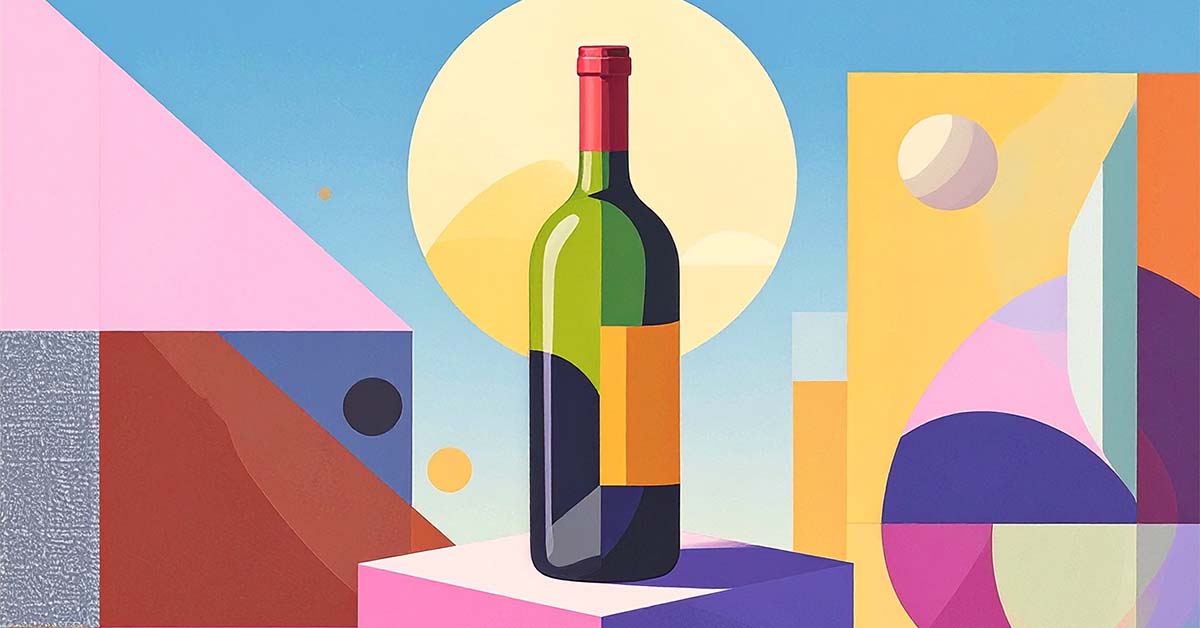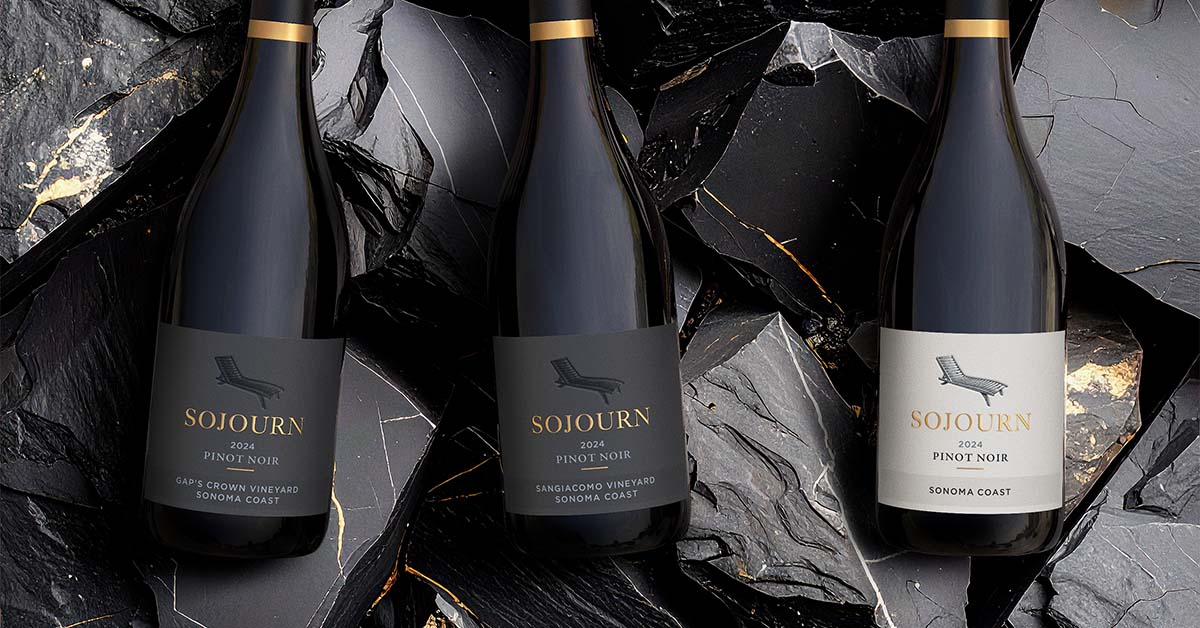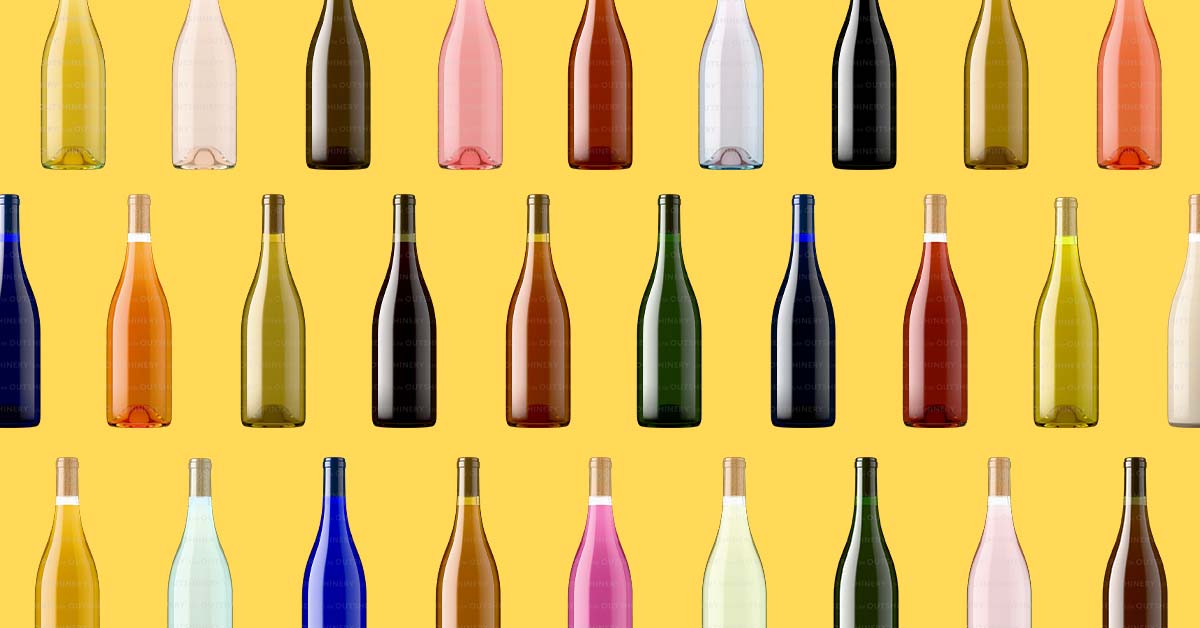Democratizing wine to attract new customers and boost sales
Making wine more accessible: A guide to elevating your wine brand's potential with innovative marketing

Wine has long been associated with exclusivity—polished tasting rooms, aged vintages, and a certain air of formality. While tradition holds its appeal, today's wine industry thrives on breaking down barriers, making the experience approachable, and inviting a wider audience to fall in love with wine.
For small wineries, this shift toward accessibility isn't just a good idea—it's a business imperative that can unlock new revenue and connect with untapped audiences.
Short summary
The wine industry is experiencing a fundamental shift from exclusivity to accessibility, creating unprecedented opportunities for wineries to expand their customer base and increase sales. This comprehensive guide explores how modern wine brands can break down traditional barriers without sacrificing quality or sophistication.
By focusing on approachable storytelling, professional visual presentation, inclusive marketing strategies, and seamless digital experiences, wineries can successfully attract new customers while deepening relationships with existing ones. The key lies in balancing tradition with innovation, using tools like high-quality product photography and user-friendly e-commerce platforms to create connections that transform casual browsers into loyal customers.

Break the mystique without losing the magic
Modern wine consumers, particularly first-time buyers, are drawn to experiences that feel approachable and exciting, not intimidating. Clear, simple language on labels, engaging product descriptions, and visually stunning imagery can turn hesitancy into curiosity. Rather than focusing on intricate tasting notes or technical winemaking jargon, tell the story behind your wine. Where are the grapes grown? What makes your process unique? Using visuals to capture the vibrant essence of your winery—think sleek bottling close-ups or snapshots of sunlit vineyards—turns your products into a relatable, irresistible experience.
Crafting approachable wine labels and descriptions
Your wine label is often the first point of contact between your brand and potential customers. Instead of overwhelming consumers with complex terminology like "notes of cassis with undertones of graphite," consider more relatable descriptions such as "rich berry flavors with a smooth finish that pairs perfectly with your favorite grilled meats." This approach maintains the wine's sophistication while making it accessible to newcomers who might be intimidated by traditional wine language.

Visual storytelling through product photography
High-quality product photography serves as your silent salesperson, especially in digital marketplaces where customers can't physically interact with your bottles. Professional wine photography showcases not just the product, but the lifestyle and experience associated with your brand. Consider how Outshinery's specialized wine photography captures the essence of each bottle—the way light catches the glass, the rich color of the wine, and the elegant typography of your label—all working together to create an emotional connection before the first sip.

Building brand authenticity through storytelling
Consumers today crave authentic connections with the brands they choose. Share the journey of your grapes from vine to bottle, introduce your winemaking team, and highlight what makes your terroir unique. This storytelling approach transforms a simple wine purchase into an investment in a story, a place, and a passion that resonates with consumers seeking meaningful experiences.
Meet your customers where they are
The future of wine sales leans heavily on direct-to-consumer strategies. More than 60% of shoppers research online before making any wine purchase, making an engaging digital presence absolutely essential. By utilizing innovative tools like Outshinery's product imagery and e-commerce solutions, even small wineries can present themselves like a big brand. High-quality visuals create trust and help customers envision your wine in their lives—from a casual gathering to a celebratory toast. Complement this with a user-friendly e-commerce platform, and you'll transform interest into loyalty.

Optimizing your digital wine marketplace presence
Your online presence extends far beyond your own website. Wine marketplaces, social media platforms, and third-party retailers all serve as potential touchpoints for discovery. Consistent, professional imagery across all these channels ensures your brand maintains its premium appeal while remaining approachable. When your wine appears alongside competitors on a crowded marketplace page, superior product photography can be the deciding factor that drives clicks and conversions.
Leveraging social media for wine education and engagement
Social media platforms offer unique opportunities to demystify wine culture through engaging, educational content. Share behind-the-scenes glimpses of harvest season, quick tips for wine and food pairing, or simple explanations of different wine styles. This content positions your winery as a helpful guide rather than an intimidating expert, encouraging followers to view wine as an accessible pleasure rather than an exclusive hobby.
Creating seamless e-commerce experiences
A user-friendly online shopping experience removes friction from the purchasing process. This includes clear product categorization, detailed but approachable descriptions, multiple high-quality images showing bottles from various angles, and straightforward shipping information. Consider implementing features like mixed cases for exploration, subscription options for convenience, and educational content that helps customers make confident purchasing decisions.

Celebrate diversity in wine
Accessibility in wine begins with the acceptance that it's not just one kind of story—it's many. Showcase varieties that suit every palate, from crisp whites to bold reds, and offer creative pairings that invite adventurous exploration. Consider hosting virtual tastings designed for beginners or creating content that explains wine basics in fun, digestible ways. This fosters inclusivity and positions your winery as approachable, which is essential for growing a loyal customer base.
Developing inclusive wine portfolios
Your wine portfolio should reflect the diversity of taste preferences in today's market. This means offering options across different price points, styles, and occasions. Consider developing entry-level wines that maintain quality while offering approachable pricing, seasonal releases that create excitement and urgency, and limited editions that reward loyalty while attracting collectors.

Educational content that empowers consumers
Wine education doesn't have to be intimidating or pretentious. Create content that empowers consumers to make confident choices, whether through simple infographics explaining wine styles, video content showing proper serving techniques, or interactive tools that help match wines to personal preferences. This educational approach builds trust and positions your brand as a helpful partner in their wine journey.
Inclusive marketing and representation
Modern consumers expect brands to reflect the diversity of their communities. This includes featuring diverse faces in your marketing materials, acknowledging different cultural approaches to wine enjoyment, and creating inclusive experiences that welcome everyone. When consumers see themselves represented in your brand story, they're more likely to feel welcomed and valued as customers.
A win-win strategy
Making wine more accessible doesn't mean sacrificing sophistication or heritage—it's about offering a seat at the table for every kind of consumer. By emphasizing visual storytelling, championing inclusivity, and investing in tools to simplify buying decisions, you're cultivating a brand that invites newcomers while deepening ties with loyal customers.
Measuring success in wine democratization
Success in democratizing wine can be measured through various metrics: increased conversion rates from new customer segments, higher engagement rates on educational content, improved customer lifetime value, and positive sentiment in customer feedback. Track these indicators to understand which accessibility initiatives resonate most with your audience and continue refining your approach.
Long-term brand building through accessibility
The wineries that thrive in the coming decades will be those that successfully balance tradition with innovation, exclusivity with accessibility, and heritage with inclusivity. This approach creates a sustainable competitive advantage by expanding your addressable market while building deeper emotional connections with customers across all segments.
Democratizing wine isn't just a trend; it's the key to driving growth, building community, and ensuring your winery thrives in a competitive, modern market. With the right mix of strategy and creativity, your wines are ready to captivate every customer, new and old.

Key takeaways
- Simplify without dumbing down: Use approachable language and relatable descriptions while maintaining wine quality and sophistication
- Invest in professional visual storytelling: High-quality product photography creates emotional connections and builds trust before customers even taste your wine
- Meet customers in digital spaces: Over 60% of wine shoppers research online before purchasing, making a strong digital presence essential for modern wineries
- Create inclusive experiences: Develop diverse wine portfolios, educational content, and marketing materials that welcome consumers from all backgrounds
- Focus on authentic storytelling: Share your winery's unique journey, terroir, and winemaking process to create meaningful brand connections
- Optimize across all platforms: Maintain consistent, professional imagery across your website, social media, and third-party marketplaces
- Educate to empower: Provide helpful, non-intimidating content that builds consumer confidence in wine selection and enjoyment
- Track accessibility metrics: Monitor conversion rates, engagement levels, and customer feedback to measure the success of democratization efforts
- Balance tradition with innovation: Preserve your winery's heritage while embracing modern marketing tools and inclusive practices
- Build long-term relationships: Use accessibility strategies to expand your market while deepening connections with existing customers










































